The Mughal Bow
The Mughal Bow – A Weapon of Empire
Known for their excellent archers, the Mughals forged an empire incorporating the Indian sub-continent, Afghanistan in the west, Kashmir to the north, and Bangladesh in the east. The Mughals would dominate this region for most of the 16th to 19th centuries with the help of their archers. The Mughal bow is a relatively short Asiatic reflex bow. The key feature of the Mughal type is the large limb tips (siyahs) that overlap when the bow is unstrung.
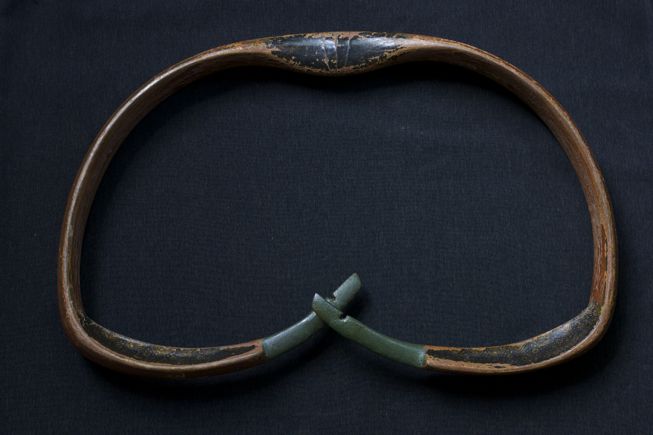
By the 16th century A.D., composite bow development reached its apex, and the Mughal bow is an excellent example of Asiatic reflex bows at their finest. This article discusses the Mughal bow, also known as a Kaman. Constructed, like all Asiatic composite bows, using wood, horn, and sinew, in the hands of a skilled archer, these bows were formidable weapons. Due to the humid and warm climate in India, the bows had to be entirely covered in lacquer. Some were elaborately decorated, as being an archer was a status symbol.
The Origins of the Mughals and the Mughal Crab Bow
The Mughal Empire existed because of India’s nomadic neighbors to the northeast. It is the convention that the Empire was founded by Babur descendent of some impressive steppe lords. He was a descendant of Timur and Genghis Khan through his father and mother respectively. Born in the area of modern-day Uzbekistan, Babur hailed from the Barlas tribe, which had its origins in the Mongol steppes, but embraced Turkic and Persian culture.
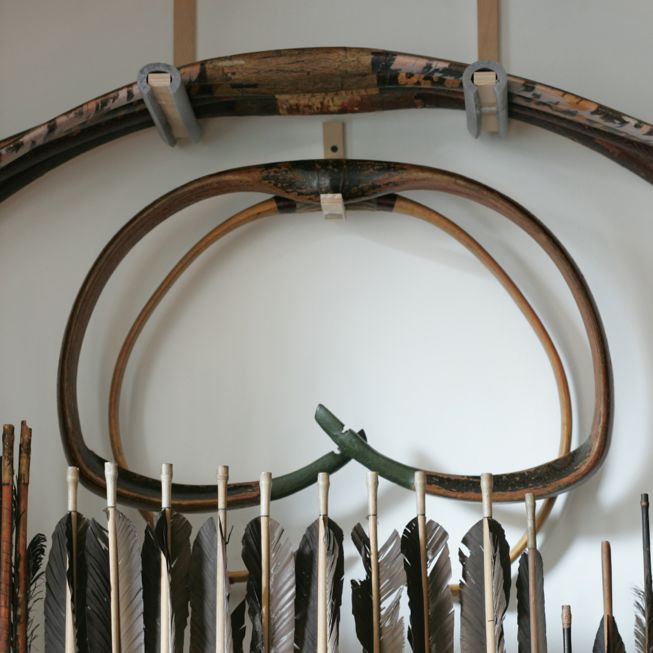
The name Mughal is in fact a Persian corruption of the word “Mongol”.They had converted to Islam centuries before Babur’s birth (14 February 1483, Zahir-ud-din Muhammad Babur). Babur spoke Persian, the lingua franca of the Timurid elite. Being ousted from his Central Asian domains, Babur would turn his ambitions to India and form the Mughal Empire.
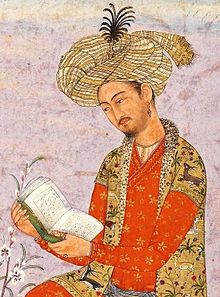
Descending from the central steppes of Asia, Babur and his kin were no strangers to the ways of the bow. Mounted archers were the preferred method of conducting warfare in Central Asia for millennia. The construction of bows proved challenging in the Indian subcontinent due to the hot and humid climate. Taking around a year to make, the glue was allowed to cure during the cold winter months on the steppe. Sinew would be added later and also allowed to cure for several months. The yearly monsoons of India were not a welcome weather phenomenon for the new nomadic invaders. Typically, Mughal bows receive several coats of lacquer to seal and protect them.
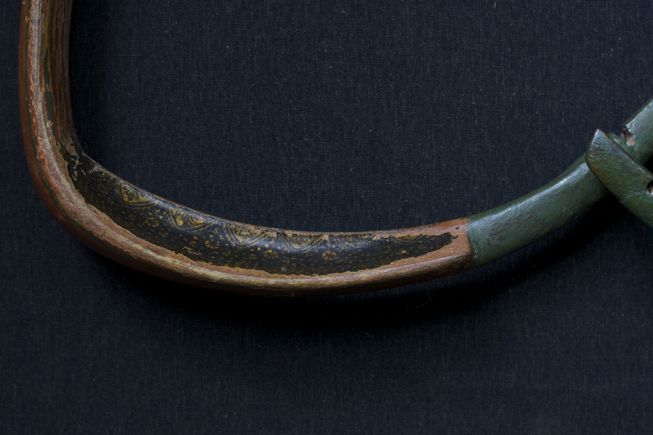
Mughal Bow Construction and Use
The standard Kaman measured approximately 1.2 meters (4 feet). Mango or raintree wood makes up the core of the bow. Catgut (natural fibers from animal’s intestines) cover the back of the bow. They serve the same purpose as sinew backing (resist compression and add elasticity). Buffalo or wild goats horn were used on the belly of the bow. A final wrapping of birch bark is used to seal the bow, then paint and varnish is applied to help further seal the bow. Much like many of the contemporary Turkish bows of the same era, Mughal bows were highly decorated status symbols, as well as practical weapons.
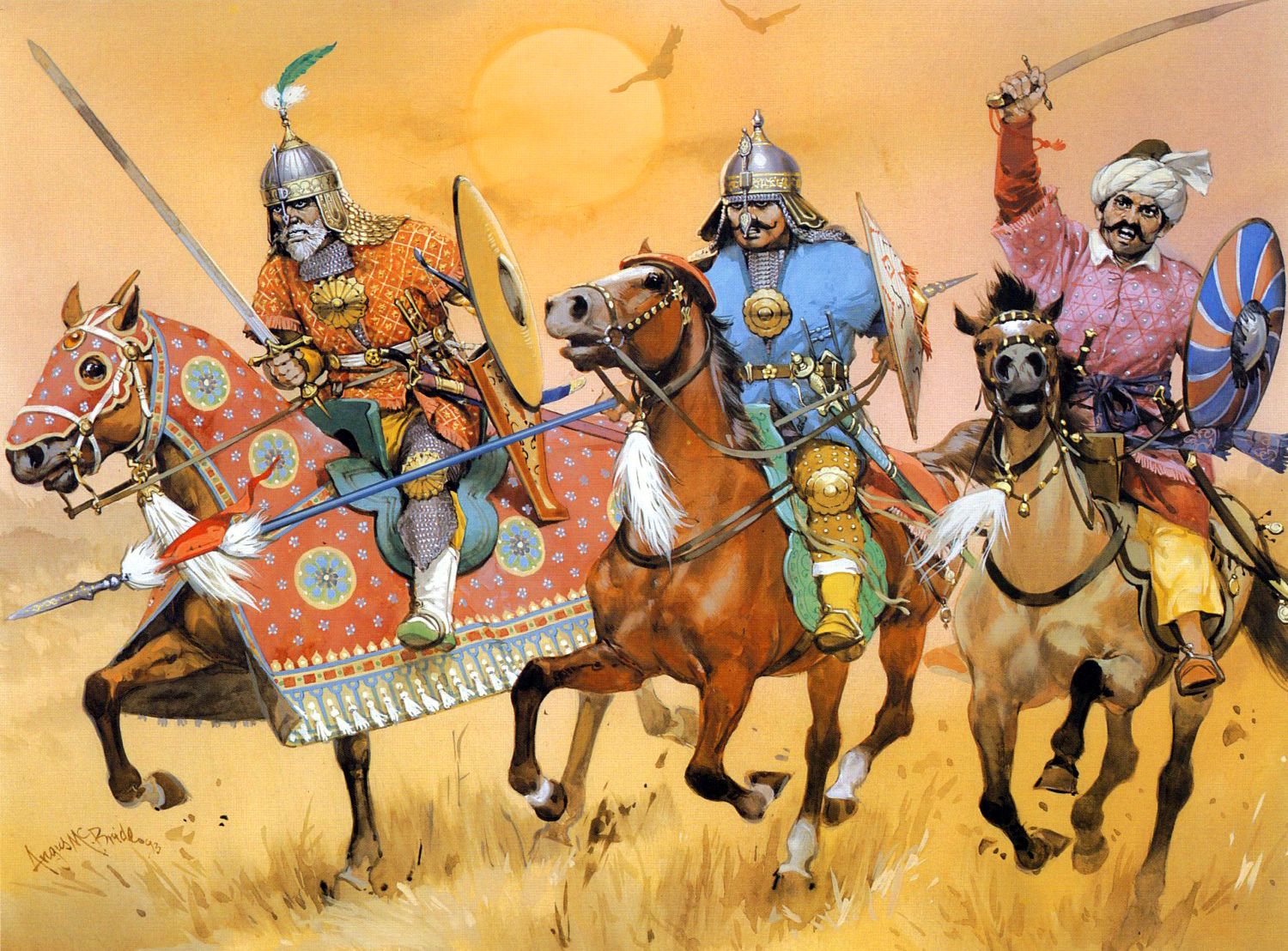
Mughal Archery and Warfare
Similar to the fighting style of all steppe nomads, the Mughals fight on horseback with the bow. [1] The strength of the Mughal cavalry on the battlefield lay in the combined employment of heavy cavalry in the center and light-mounted archers in the flanks. In the tactic called taulqama the latter wheeled around the enemy, firing volleys of arrows. This had to be done repeatedly from about 250 meters maximum, each archer had forty to fifty arrows in his quiver. The tactic was used to wear out the enemy’s troops, to lure them into uncoordinated and untimely action, and, in other words, to make them easy victims of the oncoming charge of heavy cavalry.

Featured Mughal Bows
Some excellent examples of bows made to the Mughal bow design by master bowyer Lukas Novotny at Saluki bows. The first is a Mughal crab bow. The second featured bow is an Indo-Persian because it is very similar and influential to the later Mughal crab bow.


Check out this video featuring Lukas Novotny and the Mughal Bow!
NOTES:
[1] Mughal Warfare: Indian Frontiers and Highroads to Empire, 1500-1700. By Jos J. L. Gomman. Pages 117-118